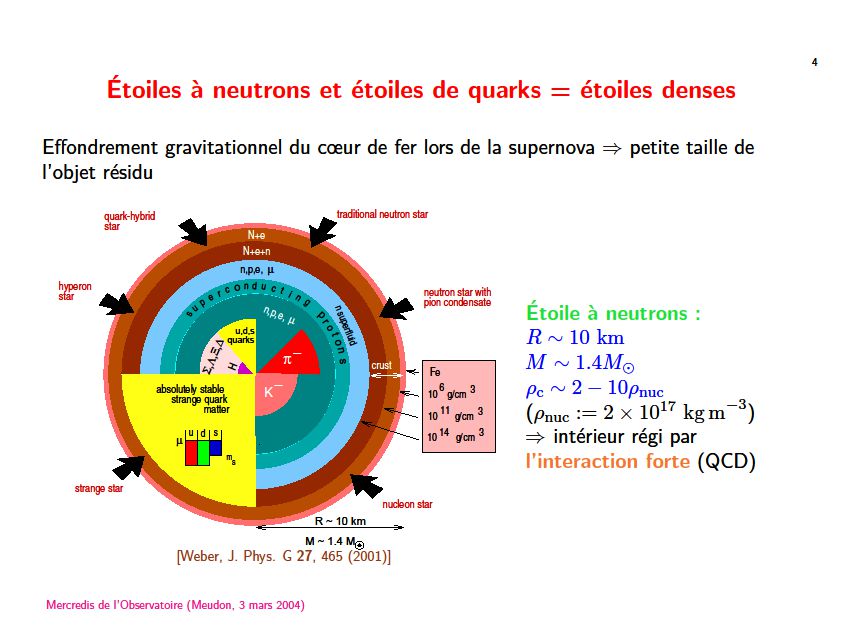-
 Keratolytic
Keratolytic
-
 Randomised study
Randomised study
-
 Dolomite
Dolomite
-
 Supervolcano
Supervolcano
-
 Aluminium silicates
Aluminium silicates
-
 Phoneme
Phoneme
-
 Greengage
Greengage
-
 Charon
Charon
-
 Cryptography
Cryptography
-
 The Darvaza gateway to hell
The Darvaza gateway to hell
-
 Equatorial table
Equatorial table
-
 Spectrum
Spectrum
-
 Hydrogen reaction engine
Hydrogen reaction engine
-
 Baseline
Baseline
-
 AVI
AVI
-
 Nematicides
Nematicides
-
 Anticyclonic circulation
Anticyclonic circulation
-
 Mastectomy
Mastectomy
-
 DTE
DTE
-
 Hayabusa
Hayabusa
-
 Shoemaker-Levy 9
Shoemaker-Levy 9
-
 Complete metamorphosis
Complete metamorphosis
-
 Lyase
Lyase
-
 Gonorrhoea
Gonorrhoea
-
 Facies
Facies
-
 Euhaline water
Euhaline water
-
 Pharynx
Pharynx
-
 Silver birch
Silver birch
-
 Metop
Metop
-
 Biotin
Biotin
Neutron star
The heart of a supergiant star that has collapsed during a supernova explosion acquires such a high density that protons and electrons combine to form neutrons. The body that forms thus becomes a sort of giant atomic nucleus composed mainly of neutrons, hence the name of the star.
Most stars of between 8 and 60 solar masses end their life in this way, leaving behind them a neutron star of about 1.4 solar masses.
Structure of a neutron star
A neutron star has a radius of about 10 kilometres and has an extraordinary density - a teaspoonful of matter would weigh hundreds of millions of tonnes. The structure of this star is actually complex and we do not have a very good idea of the exact composition of its core. Neutron stars are sometimes also pulsars when they emit periodic radio pulses towards Earth. Magnetars are neutron stars with a particularly intense magnetic field.
 Various models of the composition of the interior of a neutron star. © Fridolin Weber and Éric Gourgoulhon
Various models of the composition of the interior of a neutron star. © Fridolin Weber and Éric Gourgoulhon
Latest
Fill out my online form.



